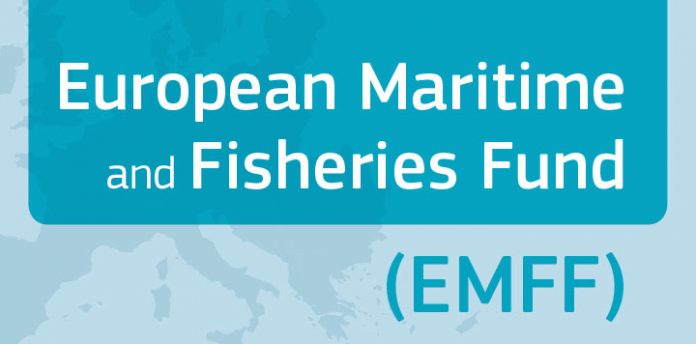On Friday, EU legislators reached a provisional agreement on how EU countries will be able to spend funds allocated to fisheries and aquaculture for 2021-2027.
The European Maritime, Fisheries and Aquaculture Fund (EMFAF) for the period 2021-2027 amounts to 6.1 billion EUR (6.108 billion EUR in current prices). 5.3 billion EUR will be allocated for the management of fisheries, aquaculture and fishing fleets, while the remaining sum will cover measures such as scientific advice, controls and checks, market intelligence, maritime surveillance and security.
Member states will have to spend at least 15% of the money on efficient fisheries control and enforcement, including fighting against illegal, unreported and unregulated fishing. In line with the Green Deal, actions under the fund will contribute to the overall budget objective to dedicate 30% of funds to climate action.
Compensation for fishermen
If fishermen’s activities cease permanently, they can be supported to scrap or decommission a vessel. In order to receive compensation, the equivalent fishing capacity is permanently removed from the EU fishing fleet register and the beneficiary must not register any fishing vessel within five years of receiving support.
If fishing activities cease temporarily, fishermen may be granted compensation for a maximum duration of 12 months per vessel or per fisherman during the programming period.
Rapporteur Gabriel Mato (EPP, ES) said: “We reached a balanced agreement on the future European Maritime, Fisheries and Aquaculture Fund. A fund that would enable the EU fleet to fish and farm better, not to fish more. A fund that would allow the sector to invest in workers’ safety and wellbeing and environmentally-efficient engines and vessels. And a fund that would allow for generational renewal, while avoiding overcapacity and overfishing. The fishing and aquaculture sectors and the whole seafood value chain need support now more than ever to face current and future challenges.”










